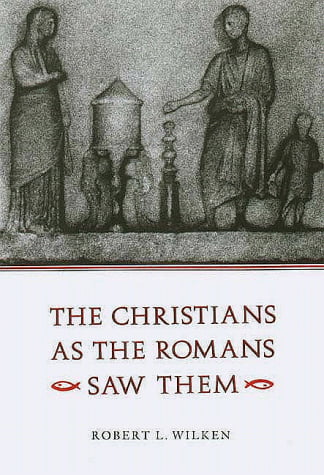The early church also had to struggle to define itself in relation to Paganism. The church had to decide what degree of cultural syncretism was acceptable and how much its members had to form their own subculture. One example of this dimension of definition is the staunch, orthodox Christian refusal to participate in the Caesar cult, for which reason Polycarp was burned ( Mart. Poly. 9:2). Moreover, Christian monotheism (albeit in Trinitarian form), in a pantheistic society, opened Christians to the charge of atheism (e.g., Pliny of Flavia Domitilla and her husband Flavius Clemens; see Wilken, Christians as the Romans Saw Them, 25‒30). Thus, the central defining point for the church vis-à-vis Paganism, as in relation to Judaism, was Jesus, but Jesus in his identity as the κύριος ( lord) who ruled over all, including Caesar (cf. Priene inscription).
In this post:

Michael Holmes

Robert Wilken